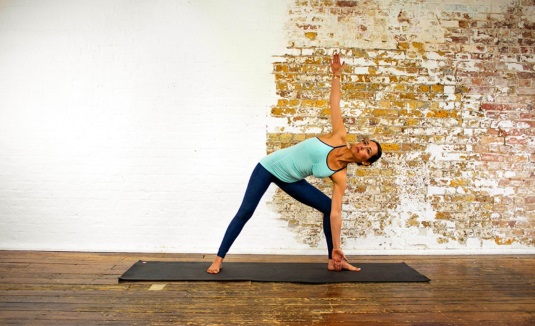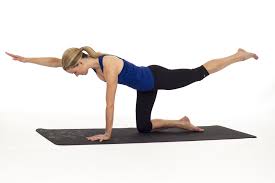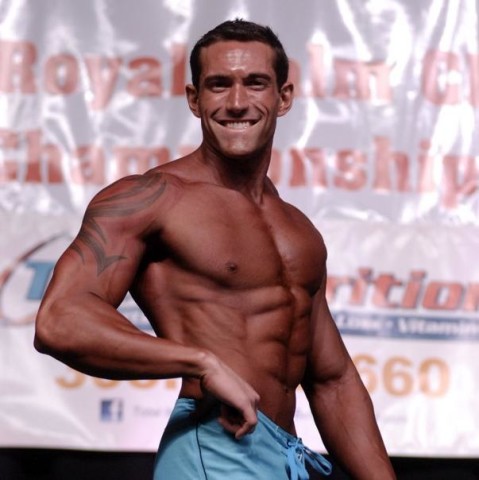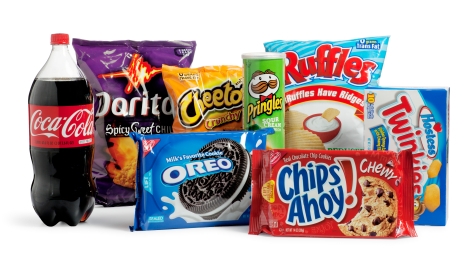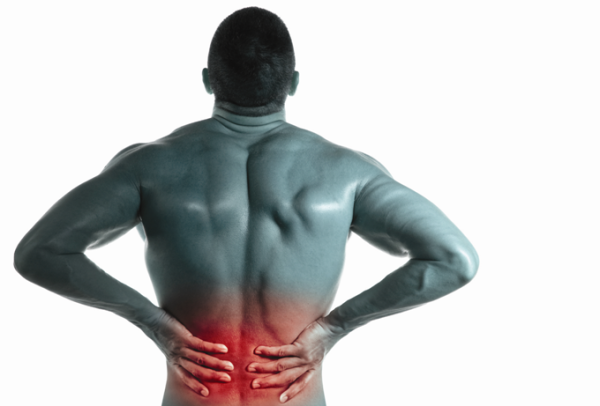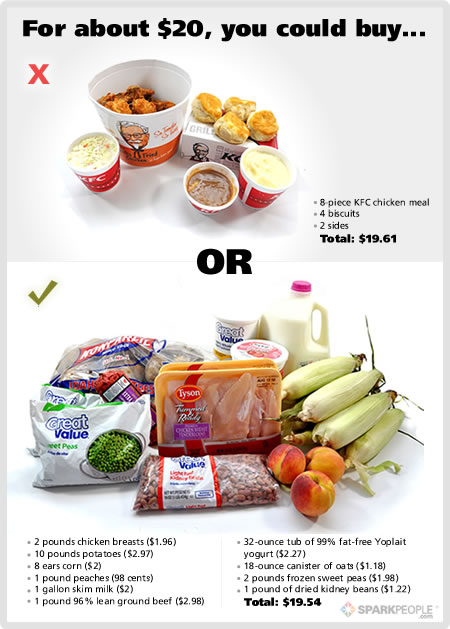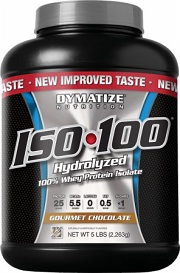How often do you actually take the time to do a proper warm up before starting your workout? For most people the answer is seldom, or not at all. I’ve been guilty of it myself in the past. For many years I’d jump straight into resistance training without doing a proper warm up beforehand. Well I profess that I’m now a changed man…and for many good reasons!
Doing a proper warm up not only decreases the risk of incurring injuries, but it also increases: range of motion/flexibility, blood flow to skeletal muscle and vital organs, as well as increases body temperature which makes skeletal muscle much elastic…just to name a few. As you can imagine all of these would be very beneficial to anyone from a bodybuilder to a long distance runner and everyone in between. I can tell you first hand that if you’re one of those people who think that doing a warm up is a waste of time that you’re severely limiting your fitness potential and crippling your long term results.
A proper warm up could include a combination of light aerobics/cardio, stretching, calisthenics, and even breathing exercises. My favorite way to warm up combines all of these elements into a 10-15 minute sequence called Yogalates which is a combination of modern Yoga and Pilates, but don’t be mistaken…Yoga and Pilates are not easy!
Most people think Yoga/Pilates is only for women and the elderly, but as a young athletic man I can tell you that the stretches and poses done in modern Yoga/Pilates are a perfect way to get you ready for a body changing workout.
Typically when you stretch you want to start with the more basic, less strenuous stretches and work from the top down and then gradually work into more strenuous stretches for the larger muscle groups. Here’s an example flow (sequence) of some of my favorite stretches/poses:
- Each of these stretches/poses should be held for a minimum of 15 seconds on each side, at least 2 times through.
- Remember to stretch until you feel a slight to moderate strain on the target area, hold, and then carefully increase the amount of strain until you’ve reached your maximum range of motion.
- Try to “flow” from one stretch/pose to the next and keep your abs in tight throughout.
- Try to keep your breathing in pattern with your movements. Exhale on the strenuous part of the movement, inhale on the easier part of the movement.
Standing Side Stretch (L and R)

Stand up straight with your feet at your hips’ width. As you inhale, raise your left arm through your side and bend to the right as you exhale. Keep the position with your side muscles.
Triangle Pose (L and R)
Stand up straight. Step to the left with your left foot, same for right side. Rotate your left foot 90 degrees and your right foot about 15 degrees to the left. Bend your left leg 90 degrees. Stretch your arms to your sides, palms up. Bend your torso to the left with your left side facing your left thigh. Stretch your left arm down and right arm up.
Downward Facing Dog Pose
S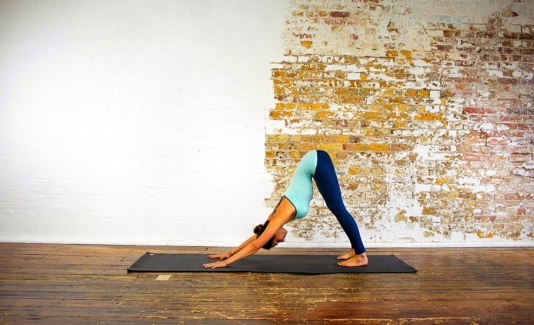 it on your heels, lower your head on the mat, stretch your arms forward. Go to the table pose. Push with your hands and straighten your legs. Extend your pelvic bones up and heels down. Let your head hang freely, stretch your waist
it on your heels, lower your head on the mat, stretch your arms forward. Go to the table pose. Push with your hands and straighten your legs. Extend your pelvic bones up and heels down. Let your head hang freely, stretch your waist
Child Pose
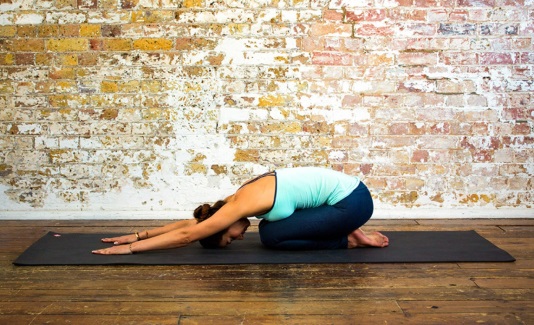 Lower your head as you sit on your heels. Stretch your arms forward on the floor.
Lower your head as you sit on your heels. Stretch your arms forward on the floor.
Cobra Pose
 Lie on your stomach. Press your palms against the floor at the level of your shoulders. Use your back muscles to raise your head and upper torso, then use arms. Straightening your arms, arch the chest section of your backbone. Look straight.
Lie on your stomach. Press your palms against the floor at the level of your shoulders. Use your back muscles to raise your head and upper torso, then use arms. Straightening your arms, arch the chest section of your backbone. Look straight.
Bird Dog Pose
Start in table pose on your hands and knees with back flat and abdominal sucked in. Slowly extend your opposite arm and leg straight out until in line with each other. Keep your chest up and abdominal in throughout the entire exercise.
Side Plank Pose (L and R)
 Take the plank position. Move your weight onto the right hand. Rotate your torso lifting your left hand from the floor. Keep your legs together.
Take the plank position. Move your weight onto the right hand. Rotate your torso lifting your left hand from the floor. Keep your legs together.
These are just a handful of my favorites, but there are lots more! I highly encourage everyone to incorporate yoga/Pilates into their weekly workout routine. It’s not just a great way to stretch and get warmed up before your workout either…it’s also great for increasing balance, core strength, range of motion, and relative strength. If you’re interested in trying a one-on-one yogalates workout, feel free to contact me to schedule a session.
Justin Check, NSCA-CPT, NESTA-FNC Check Total Health justin@check-yourself.com


